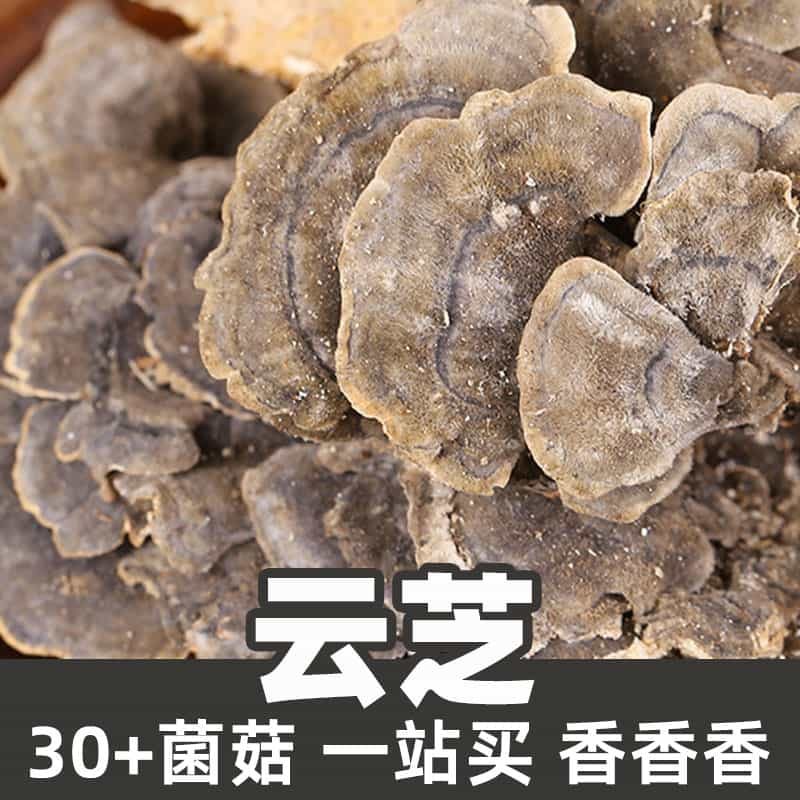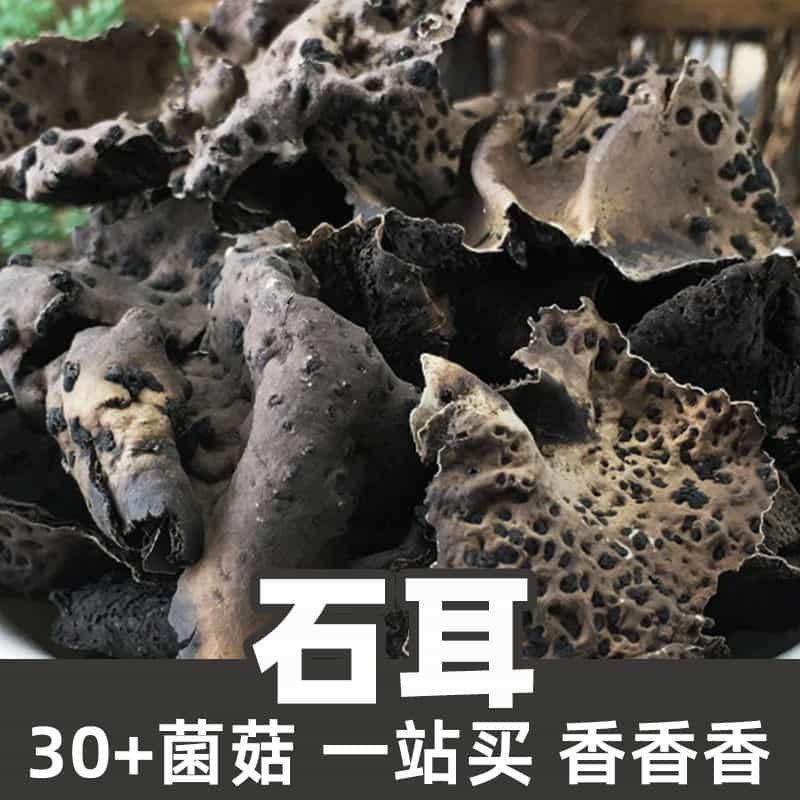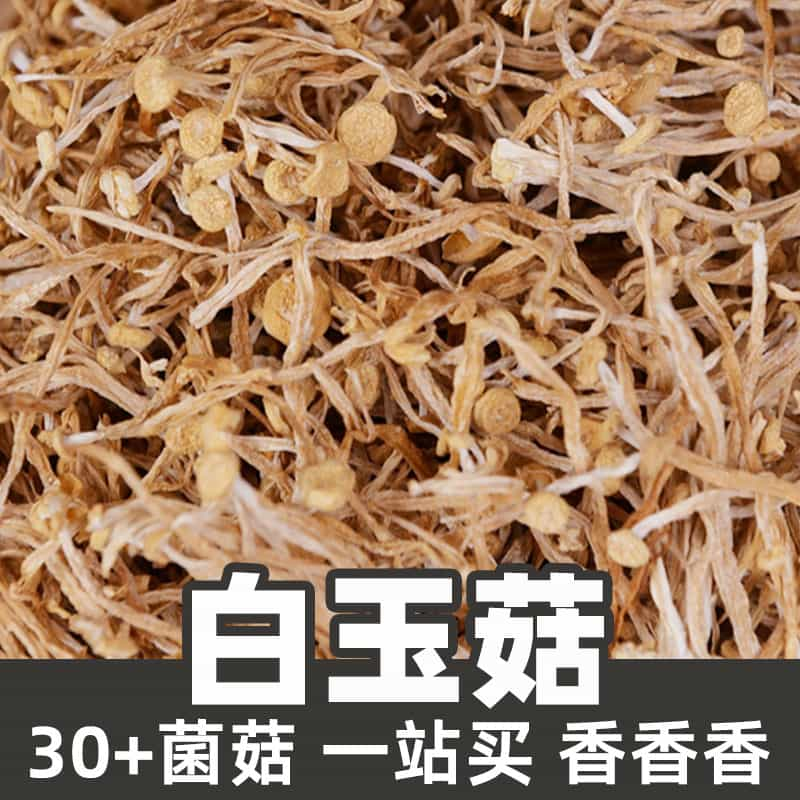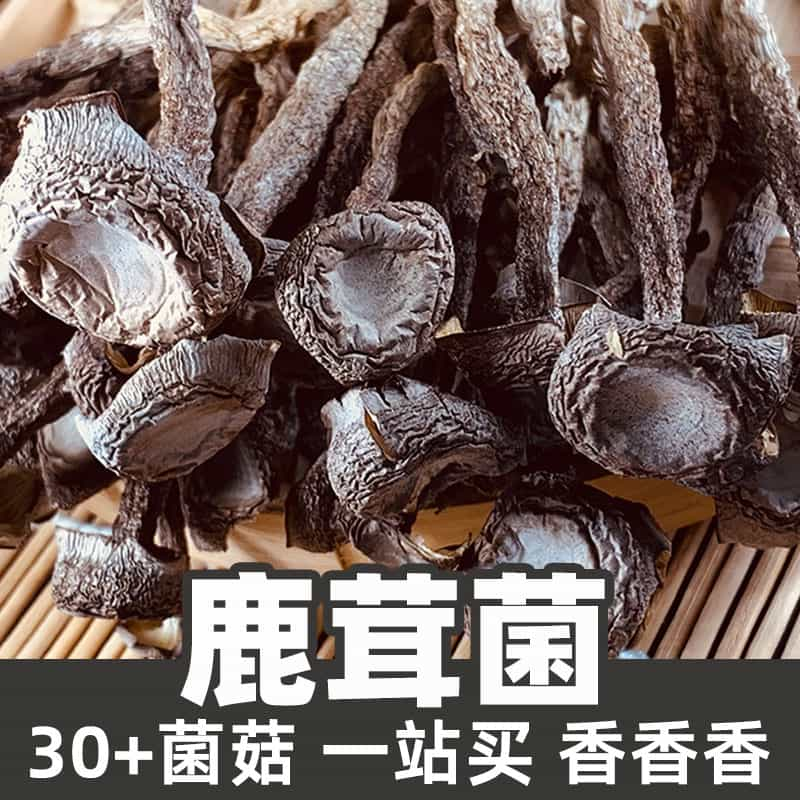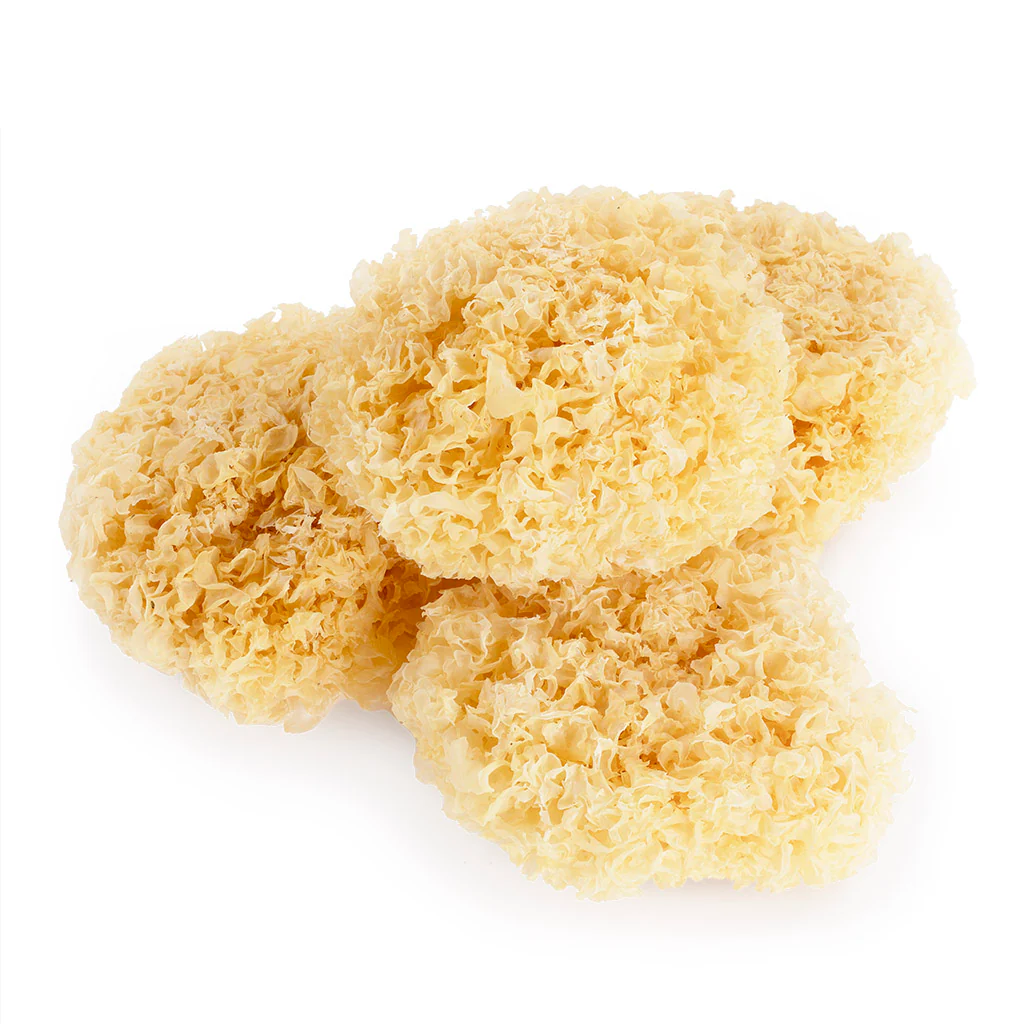Fungus Silk Product Description
Fungus Silk are a popular edible fungus product, frequently used for culinary and medicinal purposes. Their primary components include protein, dietary fiber, vitamins, and minerals like B vitamins, iron, potassium, and zinc. Derived from wild or cultivated black fungus, they are processed through drying or dehydration.
In culinary uses, Fungus Silk are versatile, suitable for stir-fries, soups, and cold dishes, adding texture and nutrients. Medicinally, they are believed to nourish yin, replenish blood, soothe lungs, alleviate coughs, clear heat, and detoxify. Often used in herbal soups or medicinal dishes, they may help balance the body and boost immunity.
Main Active Components of Fungus Silk
Fungus Silk, as a common edible fungus product, are rich in:
- Protein: Abundant in essential amino acids like lysine and phenylalanine, beneficial for health.
- Dietary Fiber: Contains soluble and insoluble fibers, aiding digestion, promoting gut health, and preventing constipation.
- Vitamins: High in B vitamins (B1, B2, B3, B5, B9) and vitamin D, supporting metabolism and immune function.
- Minerals: Rich in iron, potassium, calcium, and zinc, providing essential trace elements for physiological functions.
- Polysaccharides: Contains compounds like β-glucan and mannan, with antioxidant, anti-inflammatory, and immune-regulating properties.
- Organic Acids: Includes succinic acid and malic acid, enhancing flavor and influencing metabolism.
- Amino Acids: Rich in serine and glutamic acid, essential for cellular synthesis and tissue repair.
- Polyphenols: Contains flavonoids and phenolic acids, offering antioxidant, anti-inflammatory, and anti-tumor benefits.
These nutrients make Fungus Silk a highly nutritious natural food with significant health benefits.
Applications and Usage of Fungus Silk
Fungus Silk are widely used in traditional medicine and culinary practices:
1. Traditional Medicine Applications
- Blood Enrichment and Skin Nourishment: Helps improve weakness, anemia, and dull complexion.
- Lung Moisturizing and Cough Relief: Suitable for dry coughs or phlegm.
- Digestive Aid: Promotes gut motility and alleviates constipation.
- Blood Sugar Regulation: Polysaccharides may help control blood sugar levels, making it suitable for diabetics.
2. Culinary Applications
- Stir-Fry Dishes: Adds texture and nutrients to vegetable or meat dishes.
- Cold Salads: Pairs well with cucumbers, seaweed, or other fresh ingredients.
- Soups and Stews: Enhances the flavor and nutrition of chicken, fish, or herbal broths.
- Noodle Toppings: Popular as a garnish in hot or dry noodle dishes.
Dosage:
- Medicinal Use: Soak dried Fungus Silk and use 10-20 grams per serving in soups or stews, adjusted per individual needs.
- Culinary Use: Rehydrate in water until soft, then slice or shred as needed. Use according to dish requirements.
Precautions: Use fresh, odor-free products, and avoid overconsumption to prevent indigestion. Allergic individuals should exercise caution.
Source Plant Information, Distribution, and Growth Environment
Fungus Silk originate from edible fungi such as Black Fungus (*Auricularia polytricha*) or White Fungus (*Auricularia auricula-judae*).
- Source Plants:
- Black Fungus (*Auricularia polytricha*): A saprophytic fungus growing on decayed wood, with a soft, black, filamentous texture.
- White Fungus (*Auricularia auricula-judae*): Similar in use, with a lighter color and softer texture.
- Distribution:
- Common in warm, humid regions like southern China (Yunnan, Guizhou, Guangxi, Fujian, Jiangxi) and similar global climates.
- Growth Conditions:
- Season: Typically grows from spring to summer in moist, shaded environments.
- Habitat: Found on decayed logs or tree trunks of broadleaf or coniferous species.
- Requirements: Prefers high humidity, moderate temperature, and low sunlight for optimal growth.
Harvesting, Processing, and Storage
- Harvesting:
- Conducted in spring or summer when fungal bodies are mature and plump.
- Collected with clean tools to avoid contamination.
- Processing:
- Clean thoroughly to remove dirt, then dry or air-dry to preserve.
- Processed shreds can be cooked directly or stored for later use.
- Storage:
- Keep in a cool, ventilated, and dry place, away from sunlight and moisture.
- Use airtight containers to prevent contamination and pest infestation.
Note: Always handle with hygiene to maintain quality. Check regularly for spoilage and discard if signs of mold or odors appear.
Monica Sun is a seasoned expert in the natural raw materials industry, with over a decade of experience specializing in traditional Chinese medicinal herbs, spices, and fungi. She is skilled in the sourcing, processing, and application of these materials, emphasizing sustainability and innovation. Monica Sun has contributed to the development of high-quality natural raw materials that serve as essential components in functional foods, pharmaceuticals, and cosmetics, delivering tailored solutions to meet diverse market needs.









